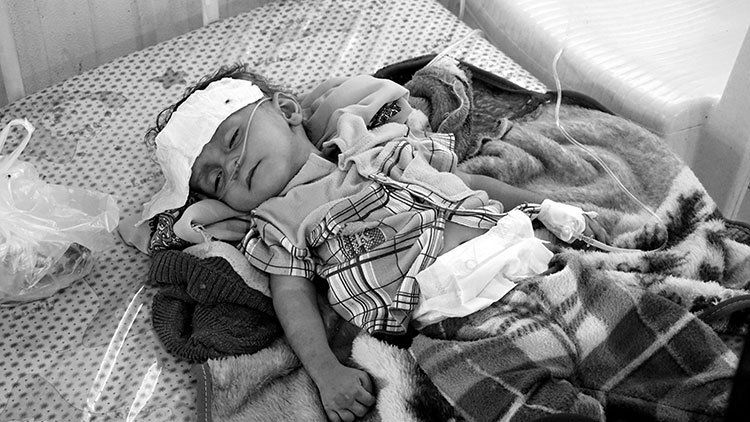(Sana’a/Geneva) – The president of the International Committee of the Red Cross (ICRC) arrived in Yemen today as the country’s unprecedented cholera outbreak ravages an alarming – and growing – percentage of the population.
ICRC experts expect the current number of suspected cholera cases to at least double by the end of 2017 to over 600,000 – or one in every 45 Yemenis. The ICRC president will visit Aden, Taiz and Sana’a during his 5-day trip to the country, and will meet health workers battling the deadly disease.“The great tragedy is that this cholera outbreak is a preventable, man-made humanitarian catastrophe. It is a direct consequence of a conflict that has devastated civilian infrastructure and brought the whole health system to its knees,” said ICRC President Peter Maurer. “I find this needless suffering absolutely infuriating. The world is sleep-walking into yet more tragedy.”
The countrywide destruction of sewage networks and water treatment stations has led to the rapid spread of cholera. With less than 45% of the country’s medical facilities operational – and others only partially functioning – the health system is unable to help all those in need. This means other diseases, like malaria or dengue fever, go untreated leading to further deaths.
“Further deaths can be prevented, but warring parties must ease restrictions and allow the import of medicines, food and essential supplies and they must show restraint in the way they conduct warfare,” said Mr Maurer.
In Yemen, the ICRC president will discuss the humanitarian situation with communities and officials on all sides of the conflict. With at least 10 families approaching the ICRC every week to report a missing loved one, Mr Maurer will urge all warring parties to provide unconditional and immediate access to people detained in relation with the conflict.
Over 3 million people have fled their homes since the onset of the conflict, and more than 20 million are in need of humanitarian assistance throughout the country. The ICRC is present on the ground to provide emergency humanitarian relief to at least 4 million people in Yemen in Sana’a, Saada, Aden, Taiz, Hodeida and other governorates in Yemen.

